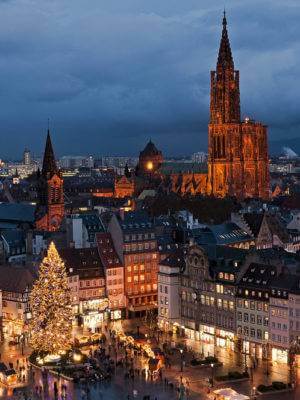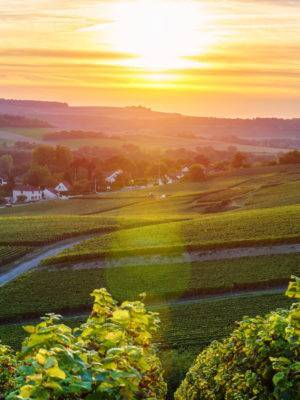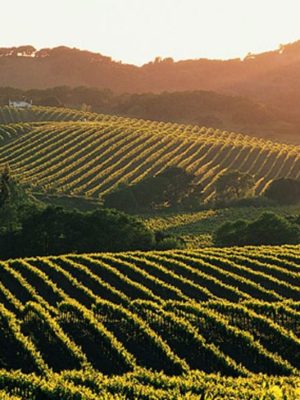
Alsace Wine Tours
Where would you go to find the essence of France? Paris, perhaps? The depths of the Dordogne? It’s a debate we’ve enjoyed many times here at SmoothRed (often over a few glasses of wine). But there’s surely a strong argument for picking Alsace-Lorraine as the most quintessentially Gallic region in all of France.
Alsace wine trips

To read more about Alsace use the links below
More About Alsace
Of course, with only the Rhine separating it from the Vaterland, Alsace-Lorraine is often thought of as a Franco-German hybrid. And yes, admittedly it does look a bit German in parts. And granted, some of its place names do have a distinctly Teutonic ring to them.
BUT… Alsace-Lorraine also boasts an abundance of that most Gallic of characteristics: fierce local pride. Indeed, when you remember that the French national anthem was written in Strasbourg (the region’s capital), it’s easy to see why Alsace-Lorraine remains one of the most passionately Gallic of all French regions.
Today, the Alsatian people remain intensely proud and protective of their traditions. And we can’t wait to help you discover the memories and heritage they’ve passed down through the centuries.
Alsace Activities
Popular places to visit
As well as all the wonderful Alsatian wines you’ll taste on a SmoothRed trip, you’ll also get to see some of the region’s most fascinating sights. The region’s rich, turbulent history is much in evidence in places like Verdun, which is dotted with memorials and monuments. Perhaps most impressive is the Citadelle Souterraine (Underground Citadel), 7km of underground shafts that housed 2000 soldiers during the First World War.
About town (and village)
Major towns across the regions include Nancy, Metz, Strasbourg and Colmar, each offering its own inimitable character. Nancy, with its elegant, classical feel, is the most typically French and is home to the beautiful, Unesco-endorsed Place Stanislas.
Metz, on the other hand, offers more varied architecture with Roman, medieval and German influences showing in attractions like St Etienne cathedral.
Further east, cosmopolitan Strasbourg retains a traditional feel thanks to its numerous half-timbered houses and winstubs (wine bars). And to the south, Colmar houses the famous Issenheim Altarpiece and its very own Little Venice.
For out-and-out beauty, the villages of Hunspach, Mittelbergheim, Eguisheim and Riquewihr have all received awards for their outstanding architectural splendour. And it’s no wonder Louis XIV described Alsace-Lorraine as a “beautiful garden”; the region’s three nature reserves – the Ballons des Vosges Nature Park, the Lorraine Regional Nature Park and the Vosges du Nord Nature Park – are each worth the visit alone.
In August, the Festival of the Alsace Wine Fair takes place in Colmar, at which over 300 exhibitors offer up their vintages to the public, whilst a series of gigs and concerts take place throughout the city. Also in Colmar is the Festival of Colmar, a classical music festival which occurs over the course of a few days in August.
Strasbourg also hosts a classical music festival, the Strasbourg Music Festival, over two weeks in June, and the Spectre Film Festival in September, which is dedicated to the genres of horror, sci-fi and fantasy.
Amongst the many events which Mulhouse puts on every year are the October Days and Flower Festivals, which take place in October and celebrate local produce and gastronomy. Alsace is also particularly famous for its traditional Christmas markets, which appear in villages, towns and cities across the region from the end of November.
Alsace Wine Guide
Eating and drinking in Alsace-Lorraine
At around 37,000 acres, Alsace is one of the smallest wine-growing regions in France. But what it may lack in size it certainly makes up for in taste.
Vineyards stretching along the east of the Vosges mountains grow the region’s seven official grapes varieties: Riesling; Gewürztraminer, Sylvaner, Pinot Blanc, Tokay Pinot Gris, Muscat d’Alsace and Pinot Noir.
Alsace is a region which, thanks to its (often perilous, historically) position on the Franco-German border, has been influenced as much by German culture as it has French. This is as true for wine as for anything else. The boundless romance of Alsace, the enchanting appeal of the towns and villages of the Route des Vins and the unique mixture of German and French viticultural tradition all blends together to create a wine region (and wines) like no other.
The Region
Alsace lies in the very east of France, in a valley along the Rhine. That river divides France and Germany, and the German wine region of Baden lies on the other side. Alsace receives the lowest annual rainfall in France, and has a sunny, dry climate. The soil composition of the region is made up of granite and volcanic rock in the foothills of the Vosges, and limestone and marlstone on the plains below them. The grapes’ exposure to the sun also means a slower ripening that normal, which often leads to wines with elegant, complex aromas. Geographically, Alsace itself is split into two.
The Bas-Rhin
The Bas-Rhin is the northern half of Alsace’s wine-producing land. It stretches from Marlenheim and the surrounding villages down to Saint-Hippolyte in the south, and also includes the city of Strasbourg. The Alsace Wine Route stretches down through the Bas-Rhin, beginning at Marlenheim and passing a number of smaller villages along the way, as well as the town of Barr.
The Haut-Rhin
Haut-Rhin stretches southwards through the rest of Alsace. Along the wine route are the towns of Ribeauville, Guebwiller and Thann, as well as all the villages in-between. Colmar is also located in Haut-Rhin, and Mulhouse just to the south. It is here where the higher-quality wines of Alsace are produced: over 2/3 of the region’s Grand Cru estates are located in Haut-Rhin.
Styles
Alsace, being a French wine region, is controlled by AOC law, with the region itself being divided into three AOC classifications, based on the style and quality of the wine. The region is also notable for being the first to name its wines after the grape varieties used.
Alsace AOC: The standard classification for Alsace wine, Alsace AOCs make up 74% of the region’s produce. To qualify for Alsace AOC status, 100% of the grape varietal that has been labelled must be used. Reds, whites and rosés are made under this classification, though 92% of all of these wines are still and white. A range of grape varietals are used (see below) for white wines, whilst the lighter-bodied reds of Alsace are made exclusively with Pinot Noir.
Crémant d’Alsace AOC: 22% of Alsace’s wines meet this classification, which is given to sparkling wine. The use of Chardonnay in Alsace is only legal in Crémant d’Alsace wines, though other varietals such as Pinot Blanc and Pinot Gris are used too.
Alsace Grand Cru AOC: These wines amount to 4% of those produced in Alsace. The 51 Grand Cru estates in the region are allowed only to use four grape varietals: Riesling, Pinot Gris, Muscat or Gewurztraminer – either 100% or in a blend.
Fancy a beer?
It’s not all just about wine though. Alsatian beers account for 56% of French production, with 9 million hectolitres brewed every year in breweries including Kronenbourg, Heineken, Fischer, Karlsbrau, Météor and Schutzenberger.
Much like the region’s wine, its architecture and its history, Alsatian cuisine is a one-of-a-kind mixture of French and German tradition. As such, the food in Alsace combines the heartiness of Germany’s cuisine and the elegance of France’s. Typical Alsatian dishes include Choucroute – a sauerkraut and sausage recipe that is given some French flair by cooking it with spices and wine – coq au Riesling, made with the foremost wine variety the region offers, and foie gras, a dish which the region stakes a claim in having created.
Alsace Gourmet Guide
Spotlight Dishes
Chocroute: Perhaps one of Alsace’s most famous dishes, choucroute is the term given to any preparation of sauerkraut – usually served heated with a glass of Riesling – with salted meats, sausage, potatoes and some vegetables, including onions, garlic, cloves and black peppercorns. The exact recipe depends on the chef, as is most evident in the more extravagant versions of the dish, which might be made with foie gras or wild game and are usually served with Champagne. Hearty, simple and delicious.
Coq Au Riesling: The less famous – but no less enjoyable – brother of coq au vin. Chicken marinaded in wine (in this case, as you might have guessed, local dry Riesling) and aromatic spices, served with vegetables – usually garlic, onions, leeks or mushrooms.
Baeckeoffe: Literally ‘baker’s oven’. Potatoes, onions, pork, beef and mutton, marinated in white wine and juniper berries and slow-cooked with vegetables (garlic, carrots, leeks, parsley, thyme) into a casserole.
“Thanks for taking the time and trouble to call. You really have set the standard by which we compare all other companies!! Thank you so much for organising a fantastic itinerary with such an interesting and varied range of stop-overs. We are already starting to think about next year’s trip to France so would welcome any suggestions.”
Hilary Alder
Start Planning Your Holiday
Speak to our experienced travel consultants.
020 8877 4940 Enquire online
Book with confidence, we are fully ATOL bonded and ABTA members.
Inspiration
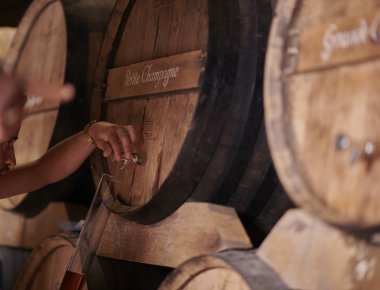
Exploring Cognac, France: Where to go and what to experience
Charente vineyards, Aurélien Terrade / BNIC Discover the Cognac territory, where centuries of tradition meet innovation to create...
Read more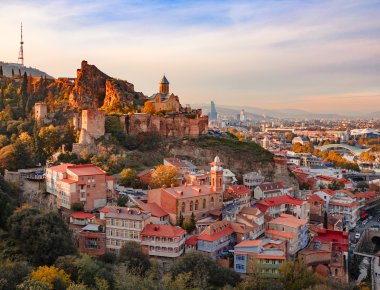
Georgia - An introduction to the cradle of wine
A true wine lover has surely asked the question before: Where does wine originate? Countries and cultures have...
Read more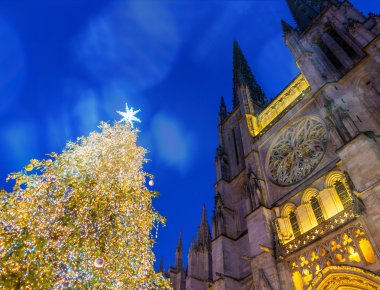
A Taste of Christmas: Visiting Christmas Markets in Europe
Chestnuts and sausages roasting on an open fire. Mulled wine and gingerbread lending a spicy aroma to the...
Read more





